College News
Andrew Levine Music recording lectures and workshops detailed review
Source: Time:2017-10-31 ClickTimes:2
From October 18-19, 2017, Andrew Levine's music and recording lectures and workshops organized by the School of Music and Recording Arts of Communication University of China were successfully held at the Recording Studio of Building 4, Building 2, Communication University of China.
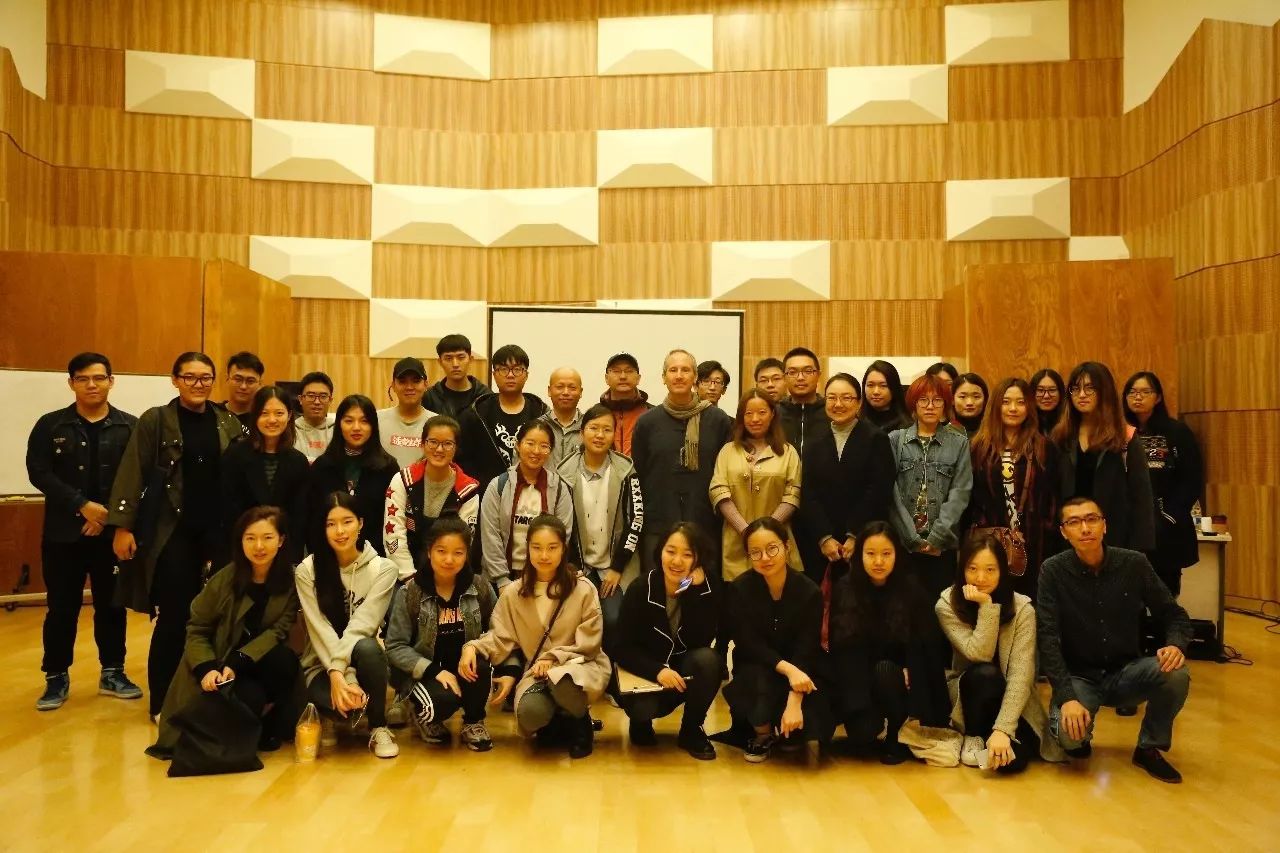
All the group photo
With nearly 20 years of professional audiovisual experience, Andrew Levine focuses on simultaneous stereo, surround sound and 3D audio live recordings and has published several papers in these fields. He also introduced his XYtri pickup system at the 2008 International Conference of the Verband Deutscher Tonmeister and in 2014 won the Goldener Bobby Award from the German Association of Recording Engineers.
During the two-day lecture, Mr. Andrew Levine shared his years of experience in the field of sound recordings during the same period. He specialized in the presentation and analysis of western classical chamber music recording to discuss the development prospect of multi-channel and 3D audio on the road of sound aesthetics . In the afternoon workshop, Andrew led students to record string quartet and folk trio, tested and listened to the Ambisonics technology, consolidated the theoretical knowledge of the morning to practice, and recorded works for the students Engineering analysis and Q & A.
The exchange activities mainly organized the recording students of Music and Recording Arts Academy recording students and third and fourth graders, but also invited the industry experts and scholars, related professional teachers and some outstanding graduates came to study together, from Department of recording Zhang Yilong teacher as a whole translation.
The following is a detailed review of the two-day exchange activities:
On the first day of the lecture, Andrew first emphasized his core philosophy of recording: recording the overall response of a musician playing in space, not just the instrument itself. Then he explained the location of the pickup in a recording case. The recording of the music differs from the amplification of the sound. During the pickup, pay attention to finding a better angle and distance of the musical instrument to set up the microphone. At the same time, The range of motion, so should not be too close.
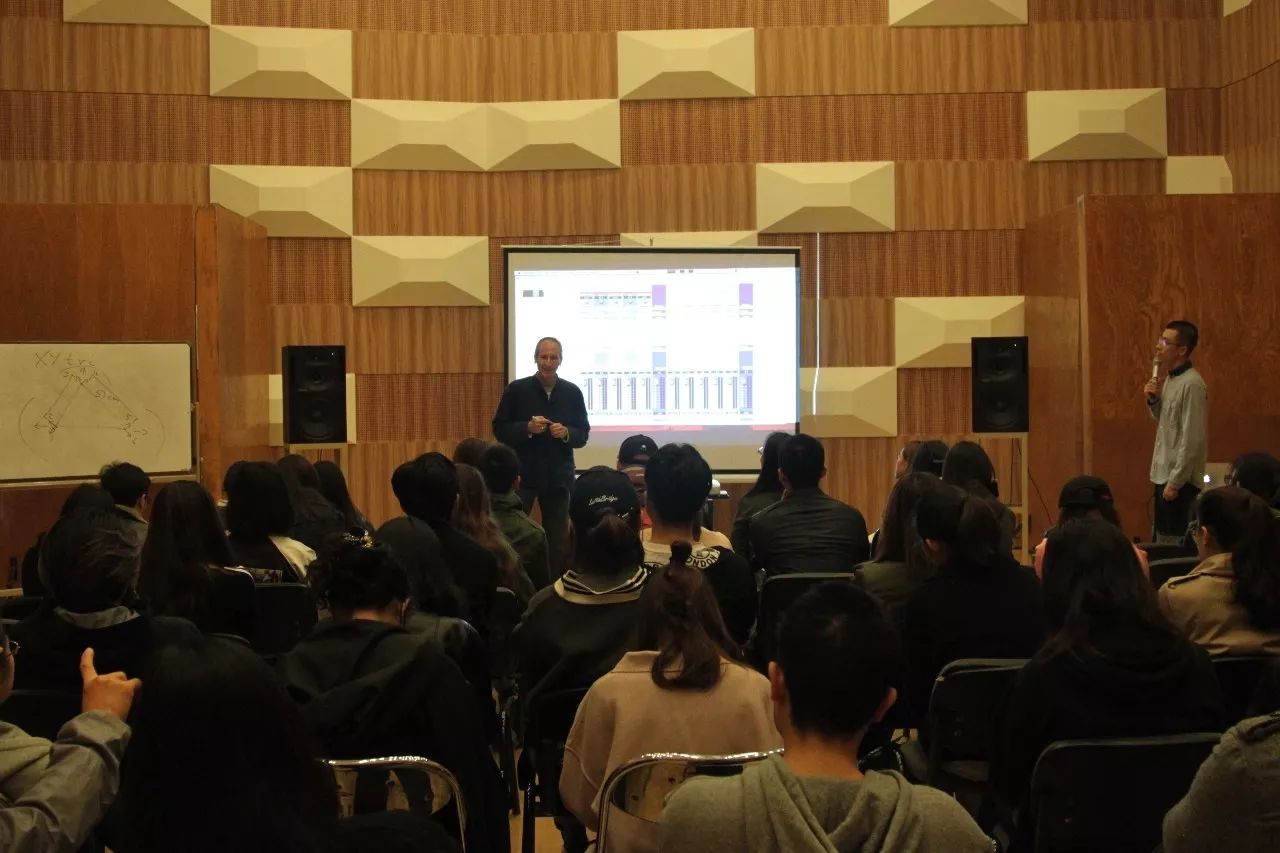
Lecture site
In the recording case analysis, Andrew said he prefers to use fewer microphones for better results. Usually during recording, he uses a pair of main microphones to pick up the overall sound and set up a point microphone in the band to supplement the sound of the band's internal instruments. And for recording a concert, he will spend more time in the development of recording plans and preparation of recording equipment. Compared with the real recording at the scene, the preparatory work is the most important early stage, do more late remedies, not as good as the previous full preparation. After the system has been switched on, be sure to listen carefully to the sound picked up by each microphone to your own requirements. At the end of the recording, he will clip and pre-mix the material immediately on the way back and back to the studio where he will be able to finalize the master mix and make the master tape and finally record the CD.
In the mix, Andrew will choose the main well-set of the main microphones, microphones used to supplement the details. If the microphone can be clearly heard, you will need to lower the level so that you can hear the details of the instrument while you are using the point microphone. Suddenly muting the microphone will result in the loss of detail effect.
For the Blumlein Stereo Microphone, Andrew prefers to use ribbon microphones. Although such microphones are bulky and fragile, they are vulnerable to damage. However, due to the high attenuation of the microphone, the picked up voice is milder. When the band preparation larger, he often uses two 8-pointed microphone to form Blumlein stereo pickup system for pickup. The Blumlein system has a much larger pickup range at closer distances, making it easier to control the direct mix ratio of the sound inside the main microphone. Andrew stressed that in using this pickup system, pay attention to the opposite sound and image area, at this time need to arrange musicians position.
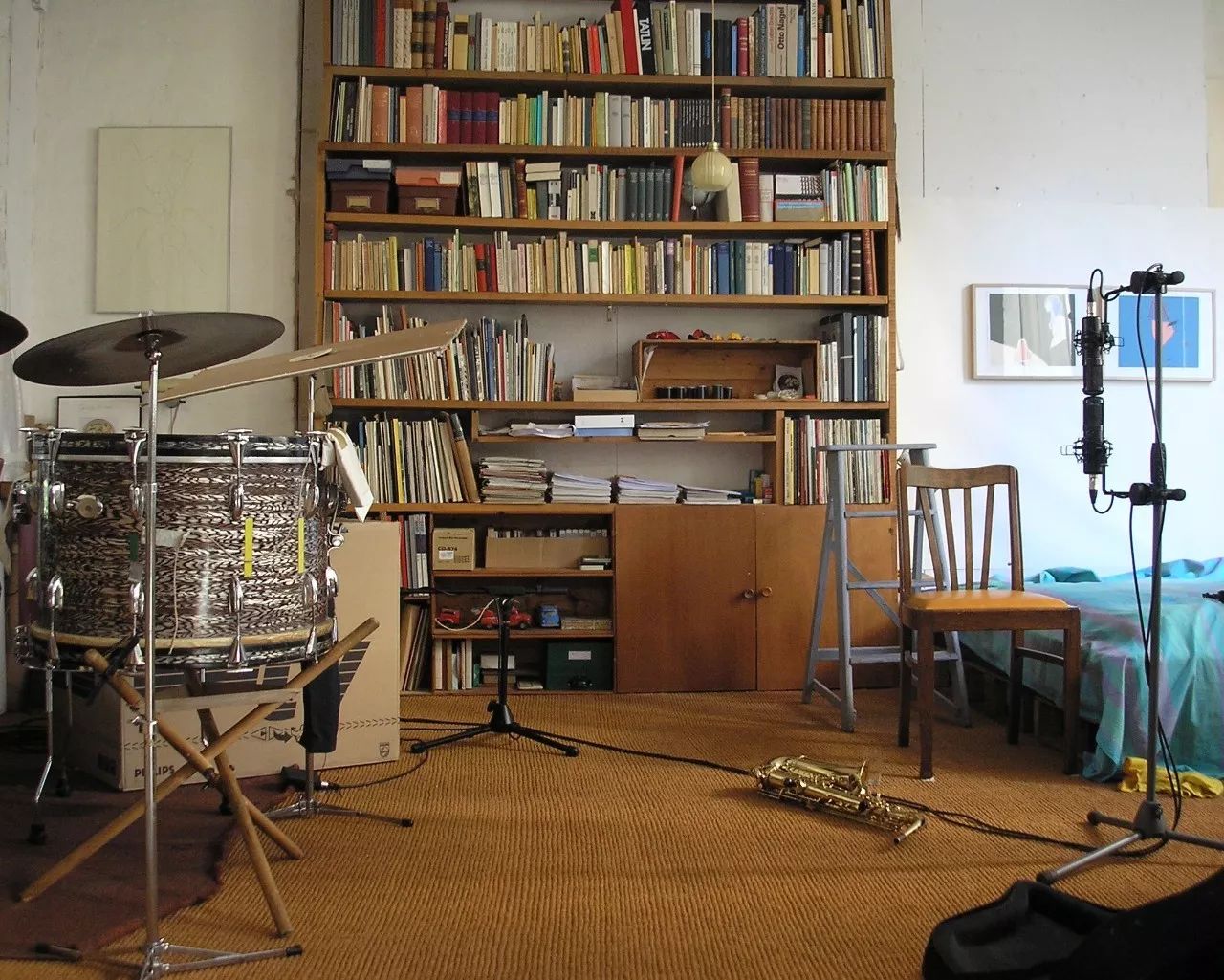
Saxophone and percussion ensemble case
In the recording example above, Andrew worked with percussionist and saxophone player to pursue the details and positioning of the sound in this recording, and the sound recording environment was also ideal. Therefore, the Blumlein system was used as the main microphone and Set up a microphone for a distinctive percussion set. As the musician shakes his body as he plays, Andrew moves the saxophone closer to the Blumlein format to pick up more saxophone movement information while recording. The percussion in the back, because the instrument is larger, and the larger number, the percussion musician playing percussion will be widened.
On the second day, Andrew introduced the evolution of recording technology from mono to stereo, surround sound, and finally to 3D audio, and analyzed and explained some historic recording devices, materials and works His experiment on surround sound and 3D recording production.

XYtri pickup system
Andrew first introduced the XYtri pickup system, which is the invention of the surround sound pickup system, composed of six heart-shaped microphones, two pairs of these microphones, forming an XY pickup system and three pairs of XY system as XYtri standard. On this basis, the adjacent two parallel microphones can also form a pair of similar to AB pickup system. The picked-up sound signal, which is processed through a matrix, can be down-converted to 5.1 surround sound or 2.0 stereo for playback.
Then focus on some of the Ambisonics. Amnisonics technology has two methods of pickup, format A and format B respectively. Format A uses four cardioid directional microphones, pointing to the left diagonally above, the right diagonally above, right before the diagonally below and behind the diagonally below the four directions. The format B is the use of three 8-pointed to the microphone and a full directional microphone, respectively, pick up about, before and after, up and down and pressure information. The signals picked up in formats A and B can not be used directly for playback and need to be converted according to the listening format to make them signals that can be adapted to playback. Andrew uses HARPEX-B software for conversion. The software not only converts to 3D audio, but also monitors various systems, including surround sound and stereo, and has an interface to show the direction and intensity of the sound source.
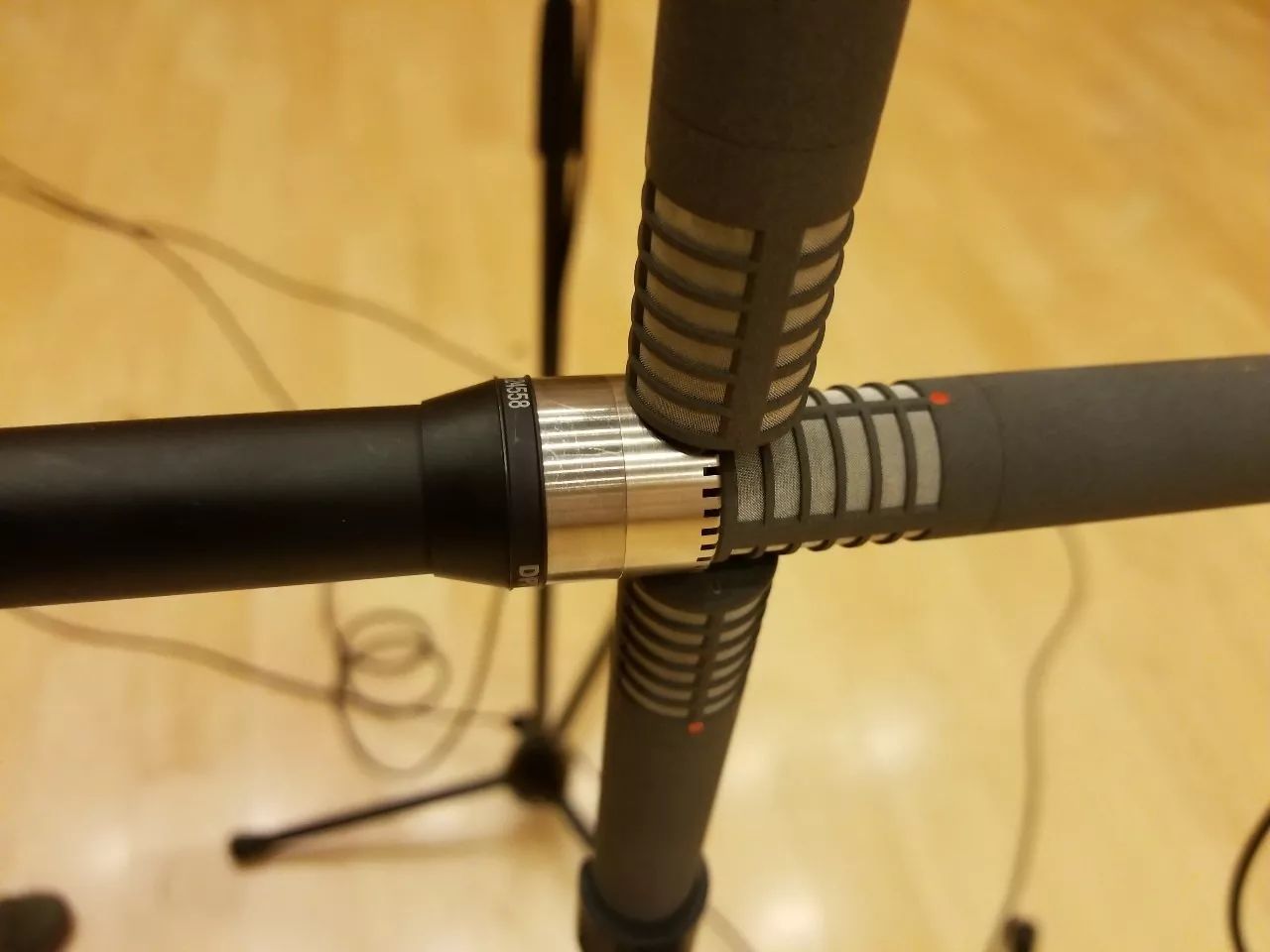
Ambisonics format B microphone array
During the two-day workshop, Andrew led the students to record a string quartet and a folk trio respectively. When recording a string quartet, two Blumlein formats were used, one of which served as the primary microphone and was highly similar to the instrument. The other Blumlein format is the same plane as the first, but taller, for picking up the ambient sound. At the same time also used two full-pointing microphones, the spindle vertical upward, also used to pick up the ambient sound. During the audition, found that low frequency less, so adding an omnidirectional microphone, diaphragm and the ground only one paper pitch, similar to the interface microphone settings.
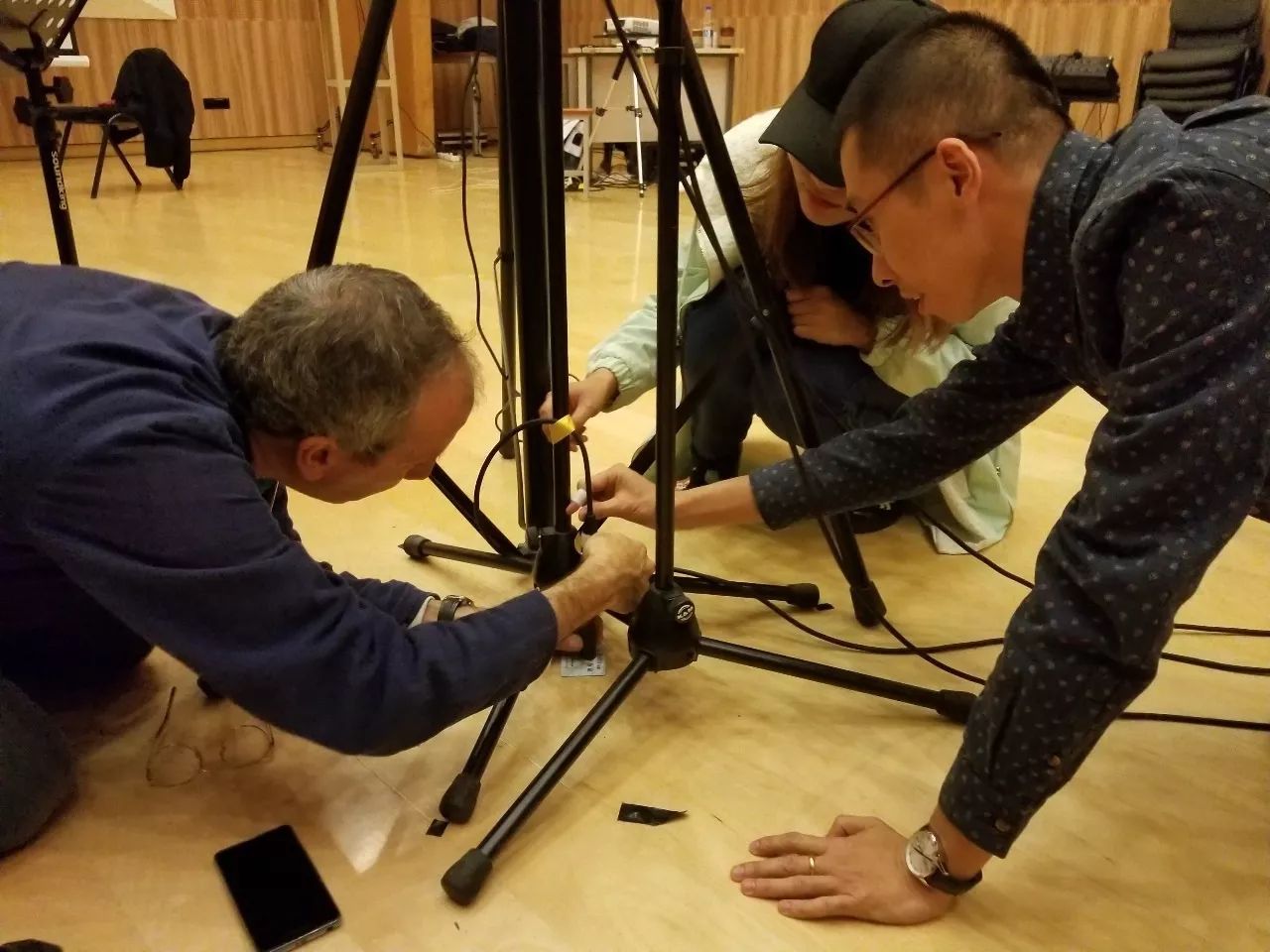
Approximate Interface Microphone Erection
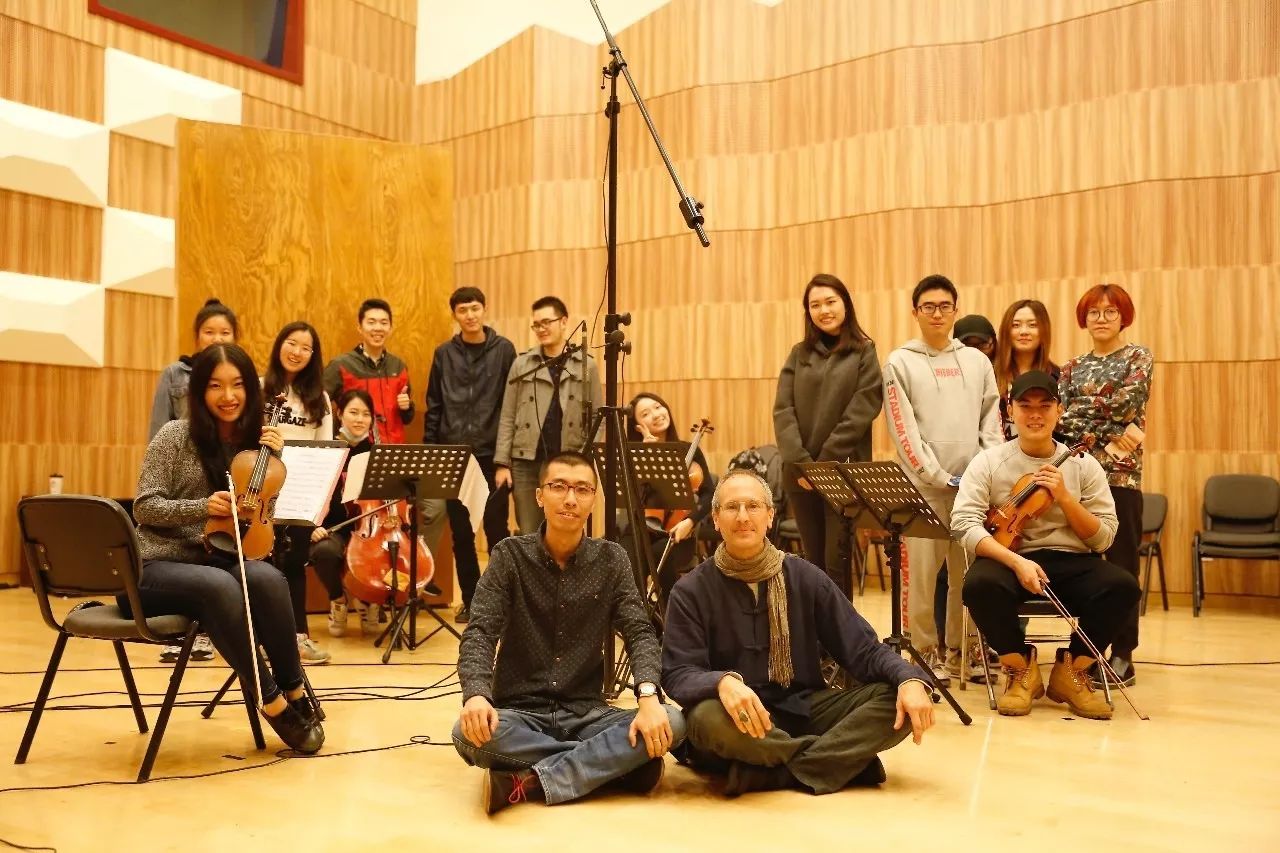
String quartet recording
On the next day, in the trio of folk music of the zither, erhu and sheng, Andrew chose the AB phonetic system as the main microphone, put the guzheng on the side of the AB system, and the erhu and the sheng on the other side, Tone location. Then arrange the positions of erhu and sheng, and repeatedly adjust the distance between the three to obtain a good balance between the pickups of the main microphones. After confirming the position of the main microphone, two 8-character directional microphones were placed on either side of the musicians to pick up the sound of a smaller direct-mix ratio as the ambient sound. After the audition, decided to add an 8-character pointing microphone placed between the erhu and Sheng, according to the two different height adjustment microphone spindle to increase the details and positioning of the instrument.
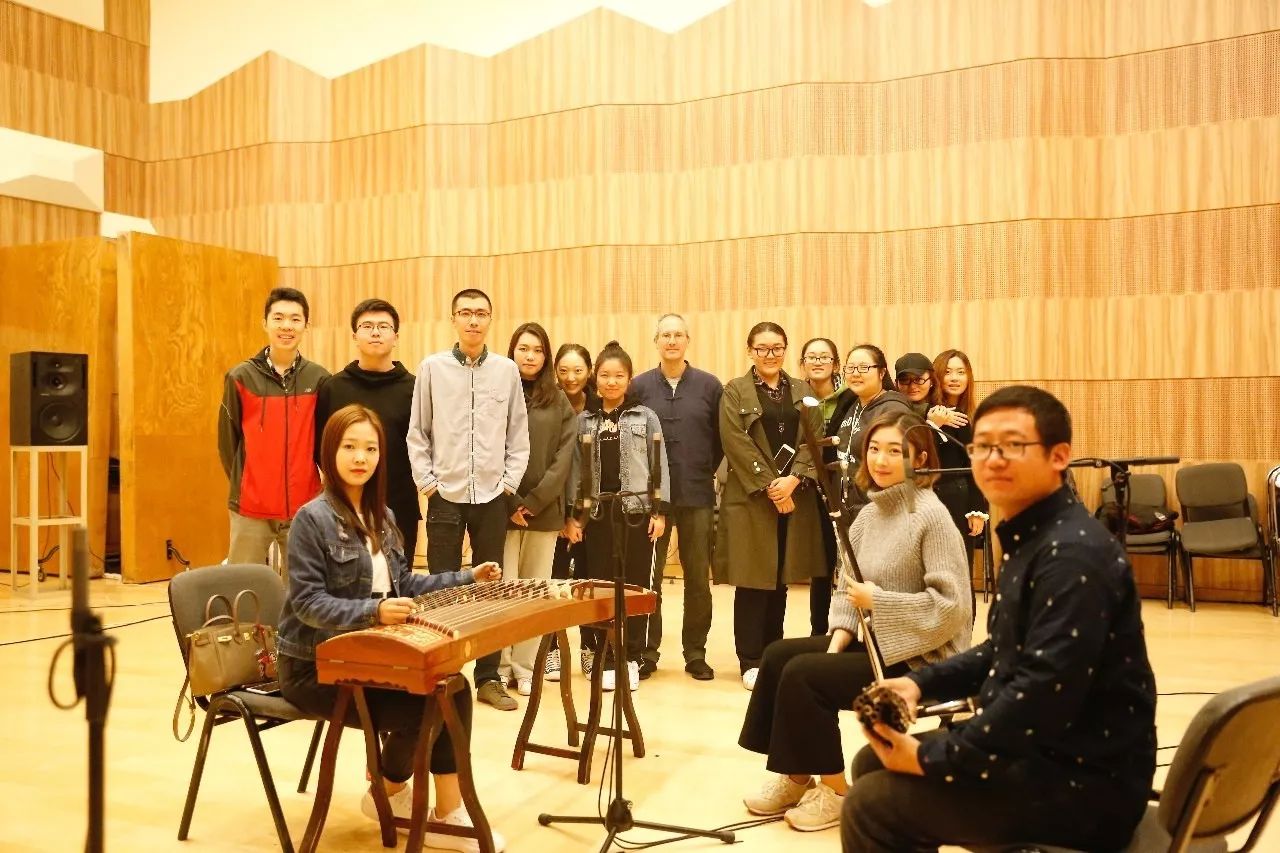
Folk trio recording
After that, Andrew also led the students to set up the pickup system of Ambisonics format B together, recorded and played the percussive signal and singing voice signal, and listened to the actual effect of 3D audio.
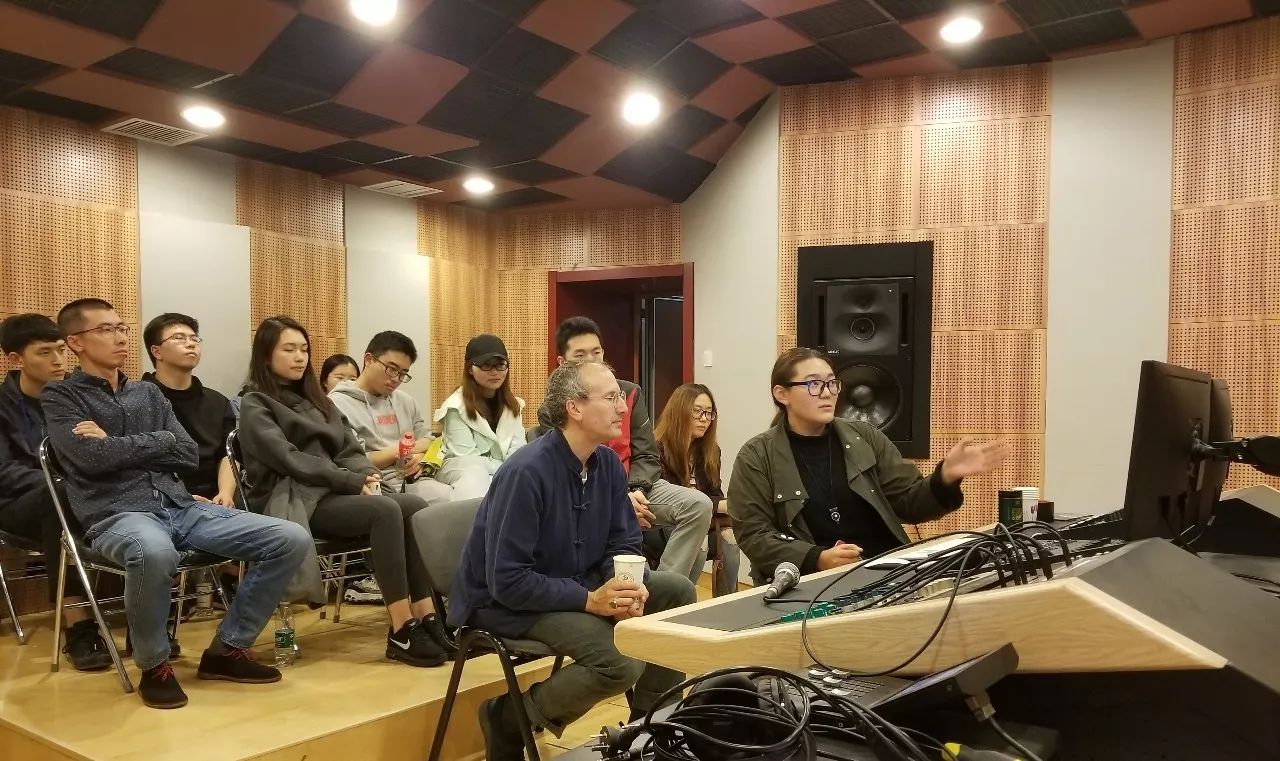
Listen and Q & A
We also set up a Q & A session in the evening of two days to encourage students to bring forward the previous recording project file to raise questions and discuss with Andrew. In answering the questions, the students brought the recordings of the western classical music and the folk music in the same period and the track recordings of the popular music respectively. After listening, Andrew put forward a series of suggestions and suggestions for modification, and shared the experience and experience of his recording. We have benefited.

